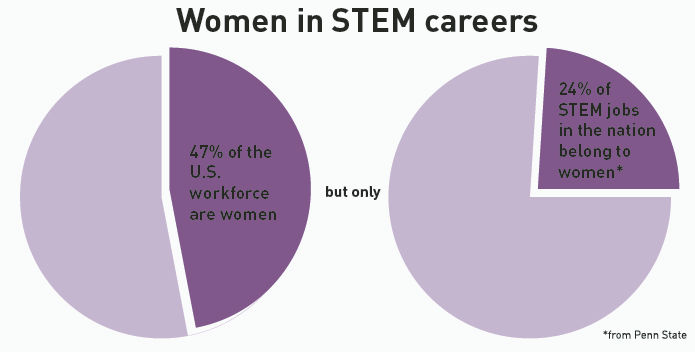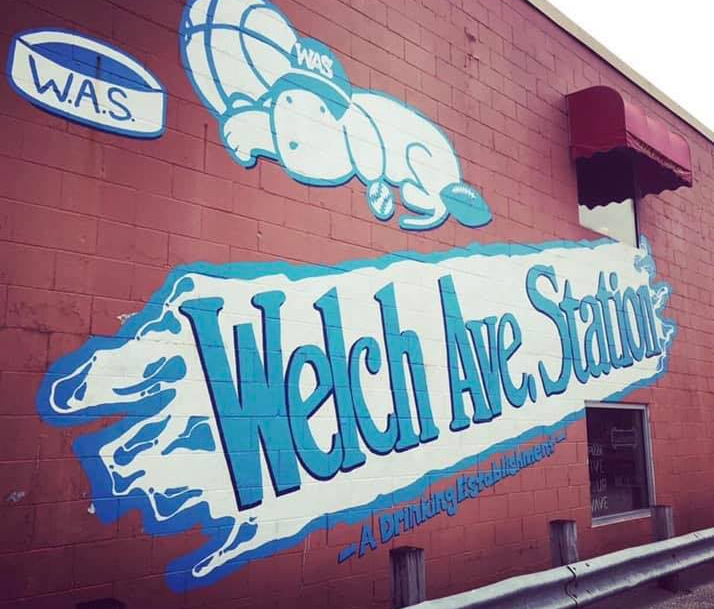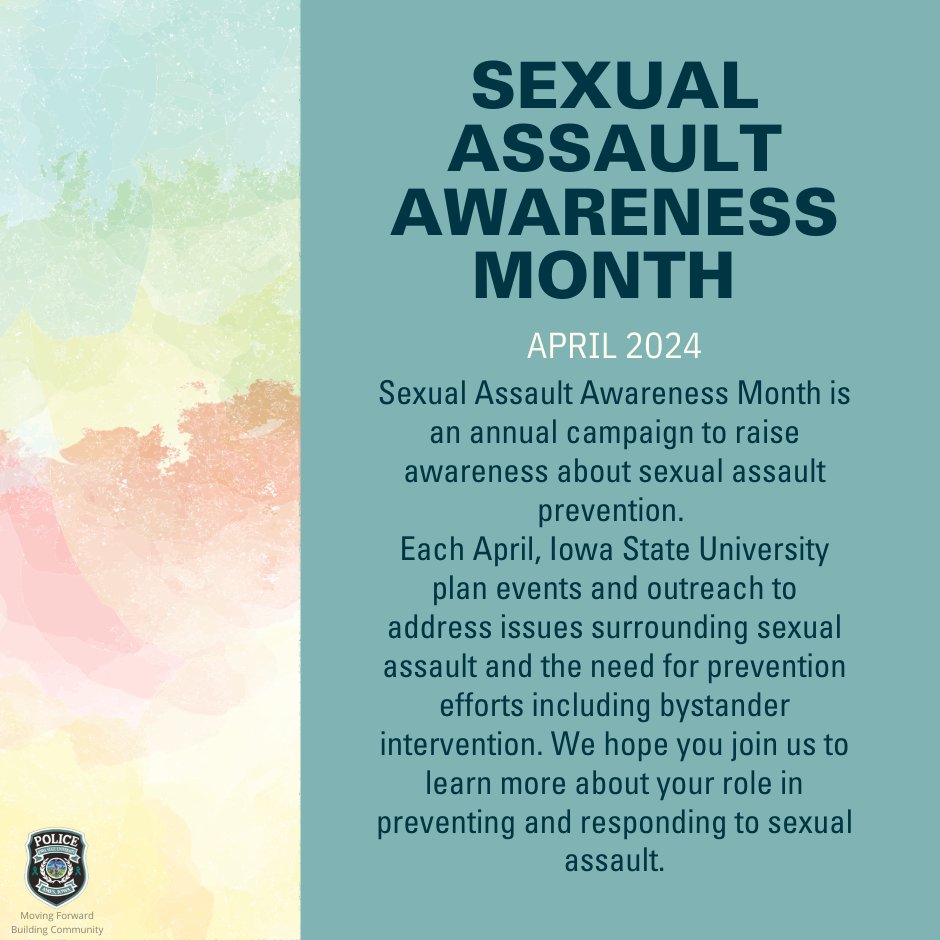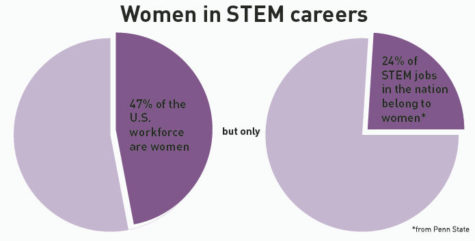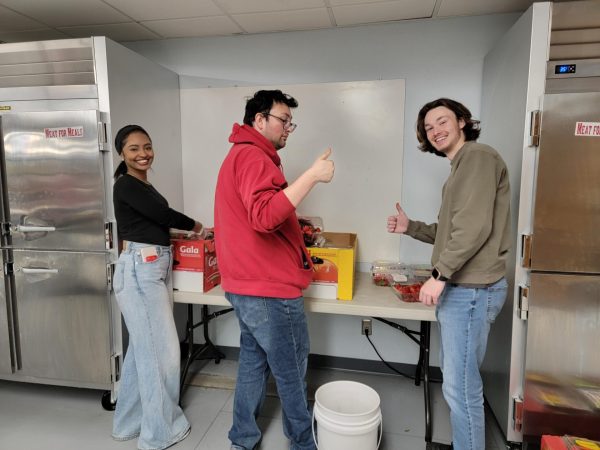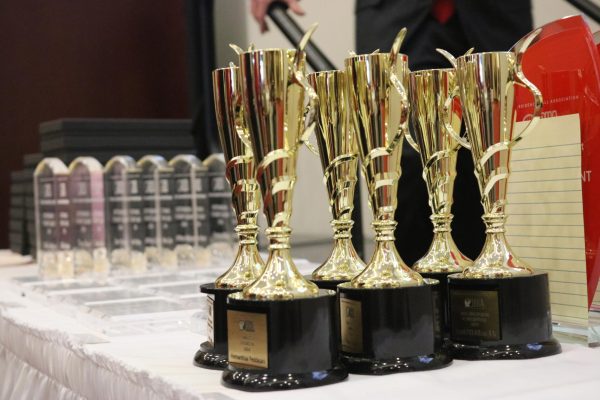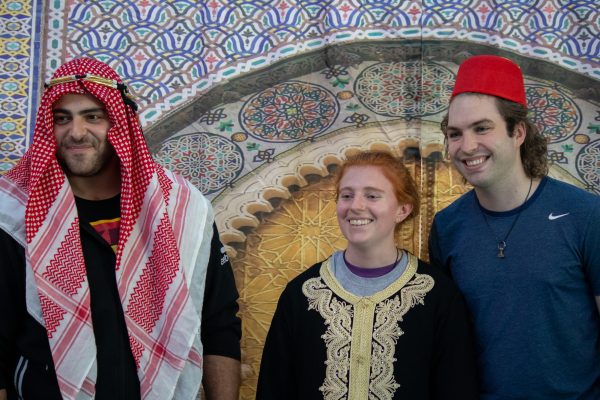What are cultural comfort spots?
Cultural comfort spots can be identified as a place for people to seek comfort when the location shows similar or identical culture to an individual’s culture.
March 2, 2021
Iowa State students and staff explained the concept of cultural comfort spots and the resources international students find to help ease their transition to a new culture when they leave their home country.
Brendan O’Brien, director of the International Students and Scholars Office (ISSO), defined cultural comfort spots as “a place where people are free to be themselves” and are familiar with the cultural clues around them. Students do not have to feel uneasy about following a certain cultural script when they engage in these comfort spots.
Xi Wei, senior in civil engineering, defined a cultural comfort spot as “a small area that is similar or identical with one’s own culture, which makes them feel comfortable.” Wei said she finds cultural comfort when she is able to eat food from her home culture.
Wei has found stores around Ames that sell Asian food and snacks, which helps her reconnect with her culture. She frequently buys snacks at Ames Asia Market and Huachao Snacks.
“There are also many delicious Chinese restaurants and milk tea shops in Ames,” Wei said.
Some of her other favorite restaurants are Taste Place, Szechuan House, Little Taipei and 1+1 Restaurants and Tea.
O’Brien explained that food can be an important way for students to connect with their culture and find comfort. The ISSO helps students participate in activities from their home country, like cooking food from their culture.
The ISSO connects students to a variety of cultural activities that include sports, music, dance or any activity that helps them get involved.
According to O’Brien, the orientation program for international students coordinates events to help them get involved and facilitate their transition to Iowa State. The orientation works proactively to prevent isolation by connecting students and building a community through social events.
The Cultural Ambassador Program is one opportunity that allows international students to connect with U.S. students. The program helps international students to learn about U.S. culture and share their home culture with others.
Another program that can help international students get involved is Dinner in Des Moines, an event hosted by the ISSO.
“Dinner in Des Moines is a chance for students to meet others, try local and international cuisine and get out of Ames,” according to the ISSO website.
Although Dinner in Des Moines and the Cultural Ambassador Program are canceled for the spring semester due to COVID-19, the ISSO plans to resume them in future semesters.
Navya Mannengi, international student engagement coordinator for the ISSO and graduate student, identified other way international students can get involved.
She suggested students engage in organizations and local communities that can help them connect with people who have shared identities.
“[A cultural comfort spot] doesn’t have to be a place; it can be a group of people,” Mannengi explained.
Student organizations are a great way for international students to get involved and connect with others. Of the 800 student organizations and clubs at Iowa State, many involve social activities specific to various cultures that can help international students find a sense of belonging.
Wei agreed that student organizations can be a source of cultural comfort.
“Iowa State has many student organizations related to culture, and every international student can find an organization that belongs to the culture of their own country,” Wei said.
Engaging in a community that shares their culture can be particularly beneficial for students during cultural holidays that are not celebrated in the United States.
“These student organizations hold activities during holidays to make students feel like they are at home,” Wei said.
In addition to student organizations and community groups, Mannengi also encouraged students to form connections on social media as a form of cultural comfort. When she struggled with her own cultural identity, Facebook groups helped Mannengi find comfort and connect with people who had similar experiences to herself.
For some international students, simply talking with another student who has a similar cultural background or shares a native language can be a valuable source of cultural comfort.
“International students naturally gravitate toward spending time with people from their home country or people that they share a similar background with,” O’Brien said.
O’Brien said he understands the necessity of comfort sports for international students, but he also feels it is important they branch out and connect with individuals who have different life experiences from themselves.
“They have to strike a balance between staying within their comfort zone and stretching their comfort zone,” he said.
Wei felt that making friends and building relationships with domestic students helped ease the transition to a new culture.
“I think making new friends is a way to get used to a new environment quickly,” Wei said. “We can learn more about the new culture through communication.”
O’Brien encourages domestic students to reach out to international students and get to know them.
“I think international students make a great contribution to Iowa State,” he said. “Everyone’s life is enriched when they make a connection with people who have a different background from themselves.”


